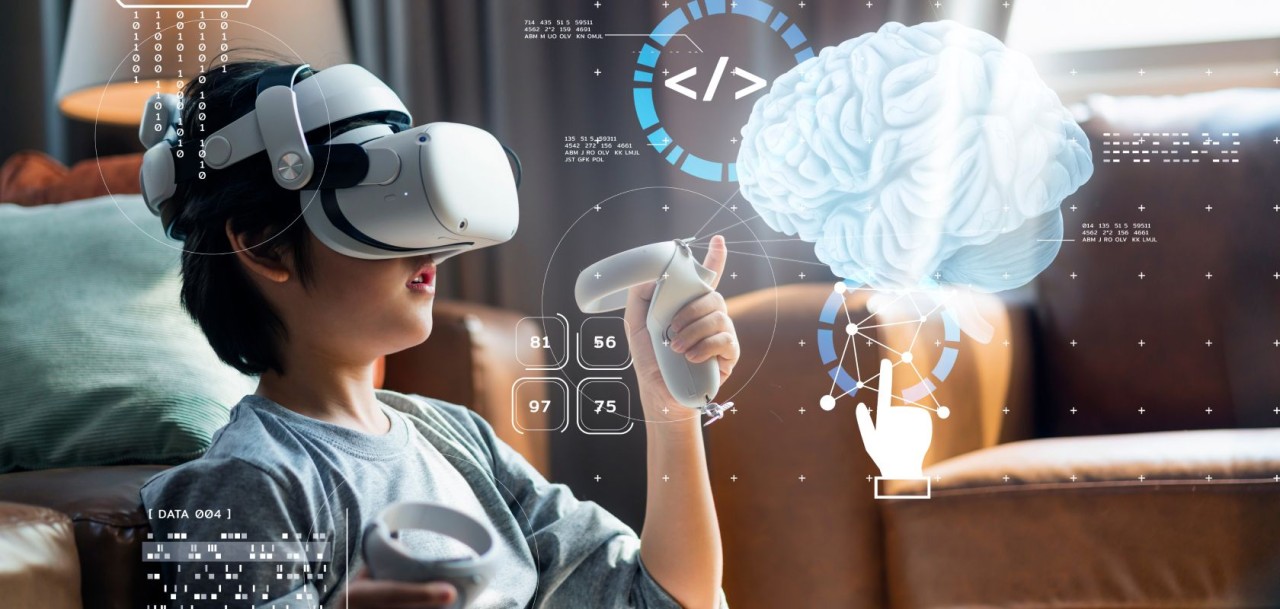Introduction
Augmented Reality (AR) is revolutionizing the way we interact with digital content by seamlessly blending virtual elements with the real world. With the rapid advancement of technology, AR has transcended the realm of science fiction and has become a transformative force in various industries. From gaming and entertainment to education, healthcare, and retail, AR is redefining the boundaries of digital experiences and real-world integration. In this article, we explore the exciting possibilities of AR and its impact on shaping our future.
Understanding Augmented Reality
Augmented Reality refers to the technology that overlays digital information, such as images, videos, or 3D models, onto the real world in real-time. Unlike Virtual Reality (VR), which creates an entirely computer-generated environment, AR enhances our perception of reality by adding virtual elements to our physical surroundings. This is made possible through the use of smartphones, tablets, smart glasses, or specialized headsets, which act as windows into the augmented world.
Enhancing Digital Experiences
AR has the power to transform digital experiences by making them more interactive, immersive, and engaging. For instance, in the gaming industry, AR games like Pokémon Go have captivated millions of players by blending virtual characters and objects with real-world environments. AR also has the potential to revolutionize storytelling by allowing users to experience narratives in a more interactive and personalized manner. Through AR, users can explore historical sites, view 3D models of artifacts, or even step into virtual worlds that coexist with the real environment.
Empowering Education and Training
AR is reshaping the way we learn and acquire new skills. In education, AR technology provides immersive and interactive experiences that make learning more engaging and accessible. Students can visualize complex concepts, interact with virtual objects, and participate in virtual simulations that enhance their understanding of various subjects. AR also plays a vital role in training and professional development. From medical students practicing surgical procedures to employees receiving hands-on training in industrial settings, AR enhances the learning process and bridges the gap between theory and practice.
Revolutionizing Industries
AR has the potential to revolutionize a wide range of industries, including healthcare, retail, architecture, and manufacturing. In healthcare, AR can assist surgeons by overlaying vital patient information during operations, improving precision and reducing risks. In retail, AR enables customers to virtually try on clothing or visualize furniture in their homes before making a purchase. Architects and designers can use AR to showcase their designs in real-world settings, allowing clients to experience spaces before construction begins. In manufacturing, AR can enhance productivity by providing real-time instructions, visualizations, and remote assistance to workers.
Real-World Integration
AR is blurring the lines between the digital and physical worlds, creating new opportunities for real-world integration. For example, AR navigation apps provide real-time directions and information about nearby points of interest. AR smart glasses can display contextual information, such as product details or instructions, while users browse physical stores. AR is also transforming marketing and advertising by enabling brands to create interactive and personalized experiences that bridge the gap between digital campaigns and physical spaces.
Challenges and Future Directions
While AR holds immense potential, there are challenges to overcome. Technical limitations, such as device capabilities and tracking accuracy, need further refinement. Privacy and ethical considerations also need to be addressed as AR becomes more pervasive in our daily lives. Additionally, the development of compelling content and applications is crucial to driving widespread adoption.
Looking ahead, the future of AR is promising. As technology continues to advance, AR experiences will become more seamless, realistic, and integrated into our daily lives. With the advent of 5G networks and the Internet of Things (IoT), AR will further expand its capabilities and connectivity, opening doors to new possibilities in areas such as remote collaboration, telemedicine, and smart city integration.
Conclusion
Augmented Reality is transforming the way we perceive and interact with the world around us. By blending virtual elements with reality, AR is redefining digital experiences and integrating them seamlessly into our everyday lives. From entertainment and education to healthcare and retail, the applications of AR are vast and continue to expand. As technology progresses, AR will undoubtedly shape our future, creating immersive, interactive, and personalized experiences that enrich various industries and enhance our understanding of the world.





